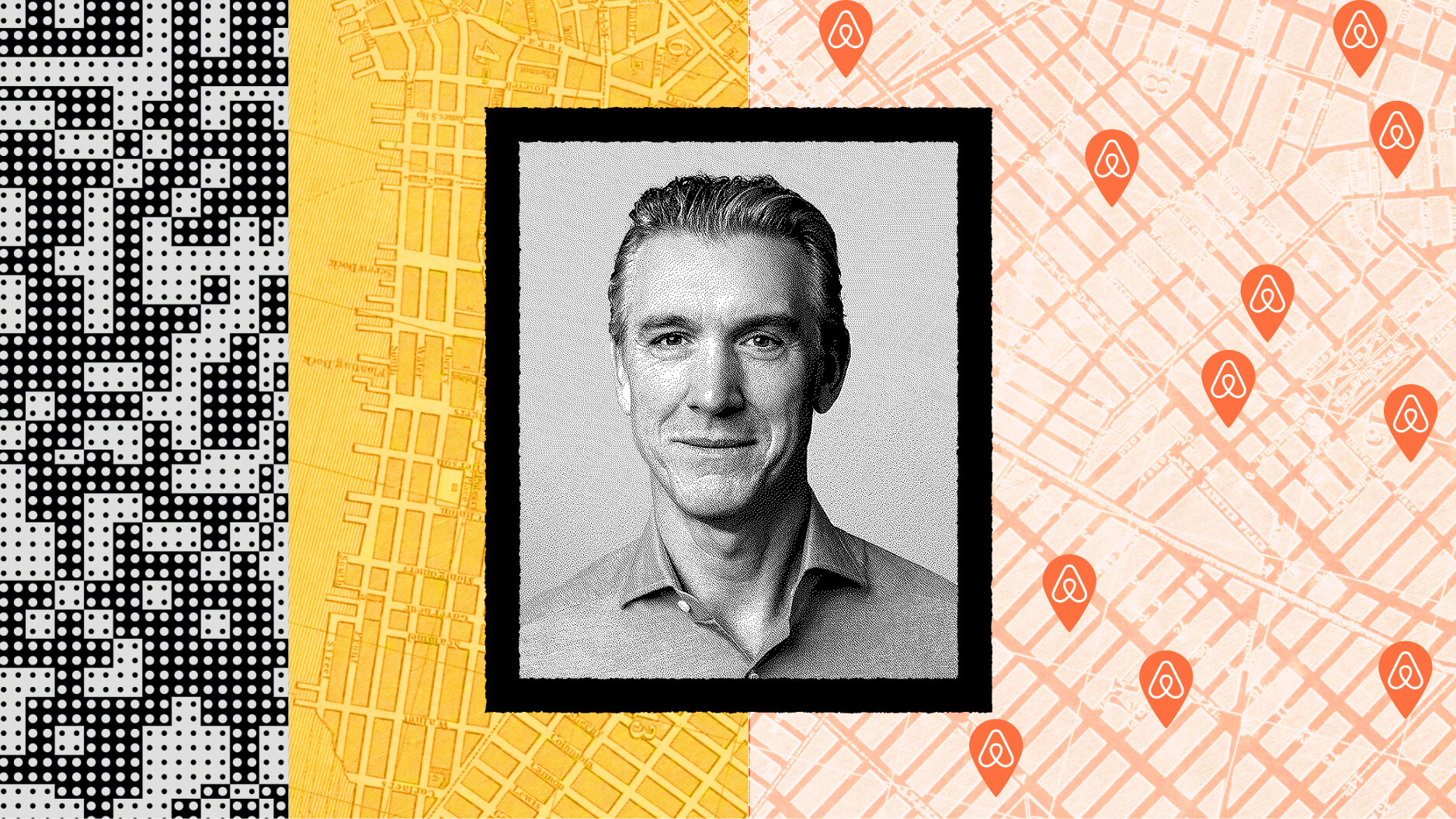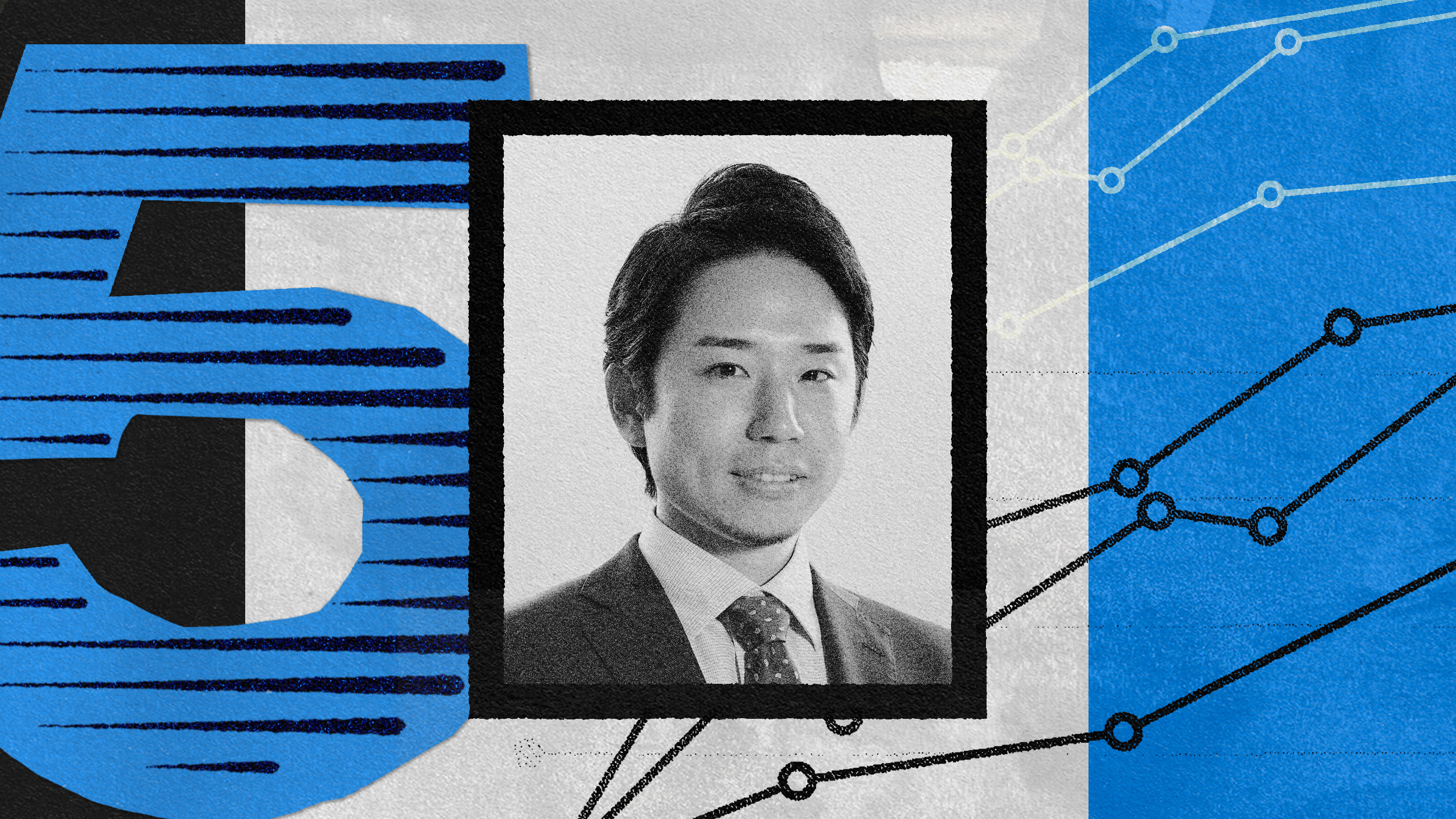Indispensable? Why some leaders should embrace succession

- A person’s identity is often too wrapped up in the job they do — and that’s especially true of CEOs.
- Sociologist Erving Goffman introduced the concept of “impression management” — being highly aware of the impressions we’re making.
- As CEO you’re playing a role, and part of that role is preparing to leave the spotlight.
After so many years in the role, a CEO’s sense of self can become deeply entwined with the job so that it is hard for the individual to envision flourishing in life after stepping down. Some CEOs, therefore, resist handing off longer than they should, and boards often fail to press the case. This tends to lead to poor succession planning. And when rocky, if not disastrous, transitions follow, the CEO’s legacy is badly tarnished, not to mention that poor transitions generally lead to the loss of a great deal of shareholder value.
A person’s identity is often too wrapped up in the job they do. The more rewarding and high-status the job, and the longer they are in it, the more powerful that identification with the role is likely to become. Our colleague Ellen Kumata has coached many CEOs through transitions. She shared: “The power of the CEO role is seductive. Everyone is deferential to you. Then there are the corporate jets and the drivers.” After ten plus years of that lifestyle, anyone would feel the tug to stay. It’s not hard to understand that, by this time, being CEO may have become the key defining aspect of your identity.

Some merging of identity with the job cannot be avoided. Keith Barr, former CEO of InterContinental Hotels Group, went through a challenging process of deciding to step down. He said, “Leaving was really hard. Anyone who says that the CEO job does not become part of your personality is not giving you the full picture.” But he and many others managed to keep a strong sense of self apart from the role. They were mindful that, as Carl Bass, the leader of Autodesk for twenty-four years, cautioned, “It’s really important to separate who you are from the position.”
The sociologist Erving Goffman famously made the case in his influential book The Presentation of Self in Everyday Life that it’s important to be cognizant that we are playing a role in many spheres of our lives, especially at work. He introduced the concept of “impression management” and the idea of being highly aware of the impressions we’re making. In much of our lives, he observed, we are like an actor on a “front stage,” where we must tailor our behavior to situational demands. “Backstage,” in our homes and out with friends, we can act entirely like ourselves. For the sake of our well-being, he argued, we must maintain a distinction between our backstage and front-stage senses of self.

More recently, Bill George made a related argument in his book Authentic Leadership. Much has been written about how important it is for business leaders to be authentic. George is a main voice in the literature. But he warns of the misunderstanding that has grown about what being an authentic leader involves. In his conception, being authentic does not entail always showing up as your unvarnished self or saying exactly what’s on your mind. Rather, “Authentic leaders monitor their words and behaviors carefully to be attuned to their audiences. . . . They do so because they are sensitive to the impact their words and actions have on others,” which for CEOs, is particularly powerful. Dave Cote writes about how important this varied presentation of self is: “Many leaders tend to evoke the same person in every meeting, but that’s a mistake. In one meeting you might need to come across as angry, in another pensive, in another friendly.” What this involves, in other words, is a CEO adjusting their “front stage” presentation of themselves to meet the needs of the audience and situation, which is a highly self-aware way of behaving.
George stresses that being authentic is essentially about having good self-awareness, a good understanding of your “backstage” self. Being an authentic leader is not a matter of revealing your inner self at work but of working hard to develop self-awareness through regularly engaging in self-reflection and soliciting critical feedback from colleagues. It’s about seeing your behavior more accurately and pushing yourself to be true to the values you aspire to exemplify. Being a great leader also requires keeping your ego in check, and not overly identifying as CEO is a great help with this. It also makes passing the reins to a successor less fraught and helps you embrace the responsibility of developing a strong bench of contenders to replace you.
“One of my goals is to be, ultimately, dispensable. . . . Leaders must keep in mind what legacy they are seeking to build, with an eye toward creating a team to whom they can pass the baton.”
Hubert Joly, former CEO of Best Buy
Hubert Joly is another leader who exemplifies this awareness that, as CEO, you’re playing a role and part of that role is preparing to leave the spotlight. He wrote in an article published in the Minneapolis Star Tribune, “I am not the chief executive officer of Best Buy. Yes, that is what is on my business card, but the fact is I am not the CEO. While I am honored to hold the job of CEO . . . I am not defined by my job. It is not who I am.” He elaborated that as CEO, “One of my goals is to be, ultimately, dispensable. . . . Leaders must keep in mind what legacy they are seeking to build, with an eye toward creating a team to whom they can pass the baton. In the end, any good leader has to be measured in part by what comes after he or she leaves office, which, of course, ties closely to the idea of the leader being dispensable.”
He followed through on that ethic of building a strong team and working to ensure he would be replaced by a worthy successor. Having spotted the talent of Corie Barry when she was several levels down from the C-suite, he put her into a series of challenging roles that rounded out her experience, including chief strategic growth officer, giving her leading responsibility in developing and launching the “Building the New Blue” strategy. Next he appointed her CFO, from which position she was selected as his successor and proceeded to thrive in the role.





